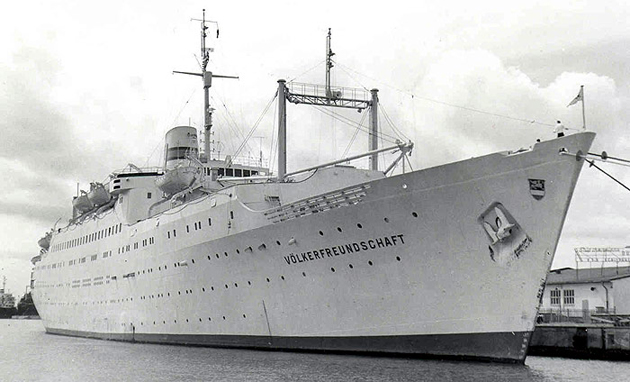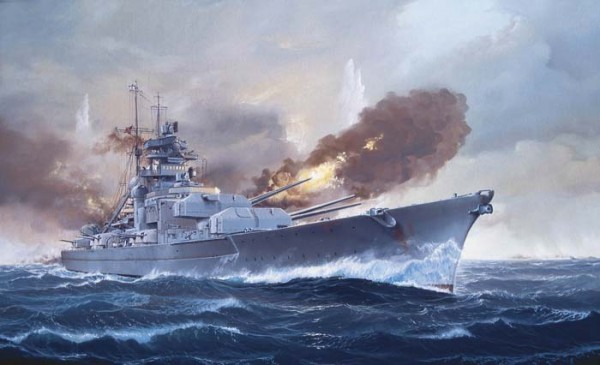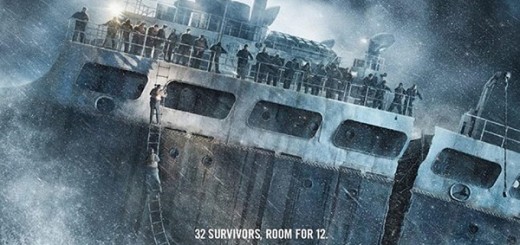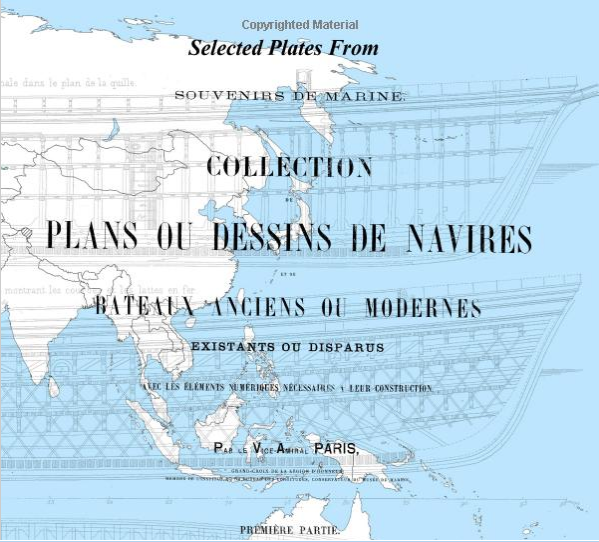Soviet D Class Submarines D-3 Krasnogvardeyetz “Red Guard”
Submarines have always been a sensitive topic in diplomatics. It seems like it is also sensitive in scale model ship building.

D class submarines are the first ones built after October revolution for the Soviet navy. The class was also dubbed as “Dekabrist” class, the name of the first submarine launched in this class. They were put in plan with the Soviet Naval Shipbuilding Program in 1926. And the first submarine keel was laid down in 1927. In 1925, Italian Balilla class submarine blueprints were obtained with a Soviet naval mission and design of the subs were based on these with additional Soviet ideas. The submarines were constructed by Ordzhonikidze Shipyard and the designer was B.M. Malinin . The subs had double hull and constructed by riveting. There were 7 compartiments. Their design was known to be poor and some deficiencies. They were very slow at diving and not stable during this period.
6 submarines were constructed in this class. D-1 Dekabrist (1928), D-2 Narodovoletz (1929), D-3 Krasnogvardeyetz (1929), D-4 Revolutsiyoner (1929), D-5 Spartakovetz (1929) and D-6 Yakobinetz (1929).

They could stay out at see for 58 days. They had powerfull weapons and quite modern for their time. They were equipped with sonar, 8 torpedo tubes, and two machine guns .
Basic Data
| Displacement, t: overwater – 932.8 underwater – 1353.8 dimensions in meters: length – 76 width – 6.4 draft – 3.81 Number and power of engines, kol.Hl. s. Diesels – 2×1100 motors – 2X525 Speed max, components: emergent – 14.7 underwater – 8.7 (two hours) |
reserve diesel fuel, t: normal – 28.5 reinforced – 114 Range, miles / knots: emergent – 11450 / 8,9 underwater – 150/3 Endurance, days – up to 40 (under water up to three days) immersion depth, m: Operating – 75 limit – 90 Armament: artillery, cannons – 1100 mm (120 rounds ammo) 1 45 mm (500 rounds ammo) torpedo, devices – 6 bow and stern 2 (total stock of torpedoes 14) Crew – 53-55 |
Parts on the plan
1 – Nose tanks, 2 – Bracket backstay cable. 3 – duck, 4 – flag pole-beacon, 6 -, stanchions, 7 – anchor, 8 – Roller Chock, 9 – rope ,10 – bollards, 11 – marking buoy, 12 – railing (cable) , 13 – mooring capstan, 14 – hatch torpedo room, 15 – hour radio bow, 16 – lanyard, 17 – rope suspension radio antenna, 18 – Antenna (left side), 19 – a wooden insulator 20 – hatch command module, 21 – 100-mm gun, 22 – felling, 23 – Naval ensign, 24 – hatch diesel motor, 25 – Electric motor compartment hatch cover, 26 – Deck the radio antenna input, 27 – Flagstaff, 28 – Guards Red ensign 29 – Light gakobortnogo fire 30 – rudder, 31 -, hydroplanes, 32 – an arm of hydroplanes, 33 – propeller, 34 – an arm of shafting, 35 – shafting, 36 – fenders, 37 – the door freeboard latrine, 38 – boatswain’s room door accessories, 39 – scuppers for lifting boats, 40 – board scuppers main ballast tanks, 41 – deck superstructure, 42 – bow hydroplanes, 43 – underwater anchor, 44 – anchor-hole. 45 – Bow-hour, 46 – torpedo tubes, 47 – sheet folding hatch aft torpedo room, 48 – folding sheets torpedopogruzochnogo stern hatch, 49 – hinged leaf valve ventilation. 50 – Platform 100-mm guns, 51 – railing platform, 52, 54 – fold-down list ventilation valves of tanks, 53 – fold-down list torpedopogruzochnogo nose hatch. 55 – hinged hatch torpedo bay leaf, 56 – A bow-shaped rack radio, 57 – a lifeline 58 – aft A-frame rack radio, 59 – ensign, 60 – an arm of the vertical rudder, 61 – the door guards conning tower , 62 – the star with the designation of victories, 63 – sight glasses bridge. 64 – Siren 65 – radio direction finder, 66 – Spotlight, 67 – lamp running lamp 68 – the average antenna pole, 69 – anti-aircraft periscope, 70 – pedestal periscope, 71 – the commander’s periscope, 72 – handrail, 73 – withdrawable unit, 74 – hermetic optical binnacle (GON), 75 – the door bridge. 76 – handrail ladder, 77 – 45-mm semi-automatic, 78 – folding bulwarks, 79 – flagstaff. 80 – Flagstaff, 81 – output ventilation shaft diesel engines, 82 – upper lantern wakefield fire, 83 – lower light wakefield fire 84 – Light the fire board, 85 – pennant before the war, 86 – antebellum jack.
This submarine, D-3 Krasnogvardeyetz unfortunately sunk in 1942 off Norway . D-1 was lost in an accident in a training mission in 1940. D-2 is now a memorial museum in St. Petersburg. D-4 was sunk by German forces. D-5 was decommisioned in 1950. And D-6 was destroyed under bombing in Sevastopol.












